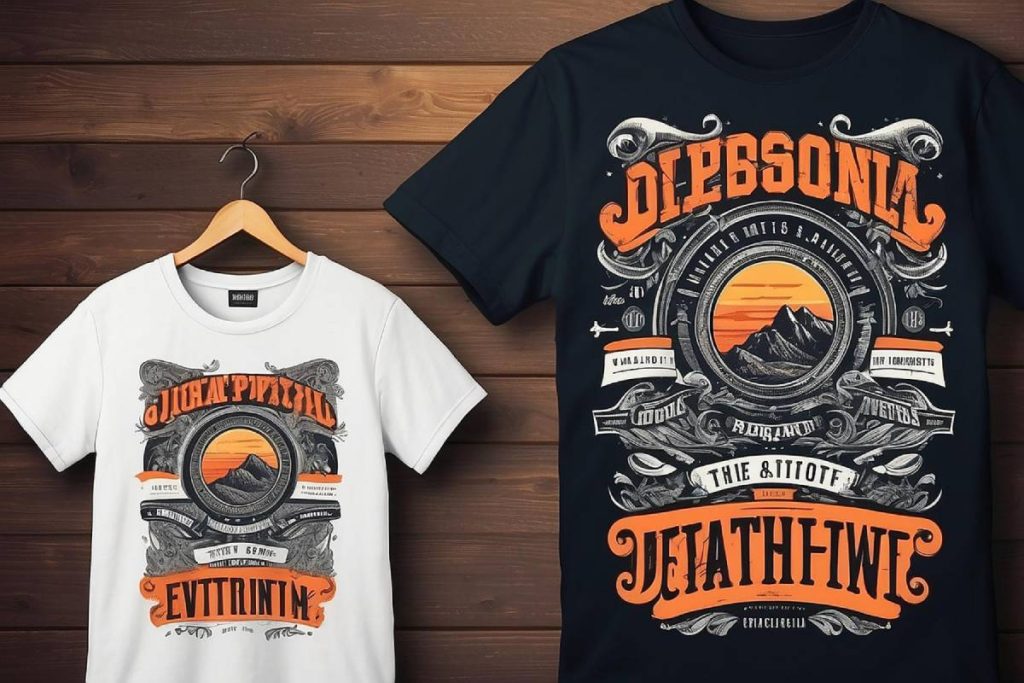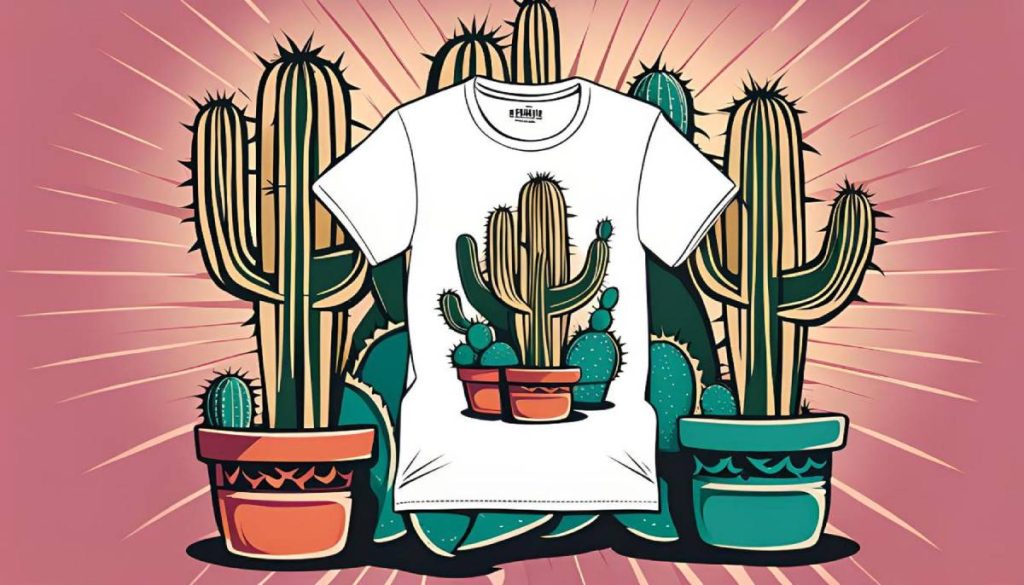In the fast-evolving world of direct-to-film (DTF) printing, the DTF gangsheet builder you choose can dramatically impact speed, accuracy, material usage, and overall profitability across multiple production lines, including apparel, accessories, and promotional items, by enabling designers, production managers, and operators to visualize, adjust, and optimize layouts before any sheet hits the press, reducing costly trial and error. As 2025 approaches, designers and shop managers are seeking a solution that not only delivers precise layouts but also aligns with DTF gangsheet features 2025 to streamline the entire design-to-print workflow, minimize waste, shorten setup times, support scalable production, enable collaboration across departments, and empower non-technical staff to contribute with confidence, transforming initial concepts into production-ready files that printers can interpret consistently across devices. An ideal option should arrange multiple designs on a single sheet, optimize ink usage at the pixel level, and minimize handling time—without sacrificing color fidelity, repeatability, or process stability when substrate batches vary, ensuring consistent outcomes across runs, printers, and fabrics from cotton to poly blends. Look for drag-and-drop design with live previews, auto-nesting that minimizes waste, templates for common production scenarios, robust file compatibility for AI, EPS, PDF, SVG, PNG, and TIFF, intelligent margins and bleeds, and a clean export pipeline that feeds directly into your RIP or printer queue, while providing reliable preflight checks and easy reprints for returning clients. In short, the right DTF tool is a strategic asset that translates creative concepts into efficient, high-quality transfers at scale, helping teams meet tighter deadlines, protect margins, and build trust through consistent results across changing orders and evolving substrates.
Viewed through a broader lens, this technology functions as a transfer sheet layout tool that coordinates multiple designs on one film, balancing ink economy with precise element placement and margin for error, so operators can maximize sheet efficiency. Think of it as a print-planning software for transfers, where smart packing algorithms decide how to fit artwork variants on a single sheet, reducing waste, accelerating approvals, and simplifying handoffs between design, prepress, and production teams. From a data-driven perspective, the platform acts as a batch-layout engine, combining reusable templates, auto-tiling, and validation checks to ensure every file meets resolution, bleed, color, and tonal expectations before sending files to the printer. As production scales, this design-to-print bridge can integrate with e-commerce platforms, order management systems, and cloud-based libraries, enabling seamless order intake, cloning for repeat clients, and consistent output across devices and job types. Together, these capabilities form a future-proof foundation for reliable transfers that clients trust, while helping shops boost throughput, minimize waste, and maintain predictable quality as catalogs grow and substrates diversify.
1) DTF gangsheet builder: features to watch for in 2025
In 2025, choosing a DTF gangsheet builder means prioritizing features that streamline design-to-print workflows, maximize sheet utilization, and preserve color fidelity. Core capabilities include flexible design and layout tools, intelligent nesting, and smart templates that adapt to different production scenarios. Understanding these “DTF gangsheet features 2025” helps you evaluate how a tool can scale with your business goals and print volume.
A top-tier DTF gangsheet builder should also offer seamless compatibility with common file formats, precise control over margins and bleeds, and real-time previews that reduce guesswork. By focusing on these features, you can cut setup time, minimize waste, and maintain consistent prints across batches, all while preparing for future growth.
2) Gangsheet design for DTF: mastering layout, nesting, and templates
Effective gangsheet design for DTF hinges on drag-and-drop simplicity, live preview, and pixel-precise alignment. Look for tools that let you place designs quickly, rotate and resize with feedback, and automatically tile multiple designs to maximize sheet usage. A robust system should also support multi-page packing and adjustable margins to accommodate various substrate sizes.
Nesting and auto-nesting are pivotal to reducing material waste. Advanced algorithms should optimize placement to fit more designs on a sheet without compromising print quality. Templates and presets streamline repeat orders, while vector and raster file support (AI, EPS, PDF, SVG, PNG, TIFF) ensures smooth ingestion of client artwork for consistent gangsheet outcomes.
3) Automation, templates, and batch processing: accelerating throughput with precision
Automation and batch processing are the linchpins of a scalable DTF workflow. Data-driven layouts enable variable information—names, numbers, or other design elements—to populate automatically, speeding up personalized orders without sacrificing accuracy. Look for batch processing that handles multiple designs in a single session, reducing per-order setup time.
Rules-based automation and automated preflight checks protect against costly mistakes. Predefined rules for margins, bleed, color limits, and stacking order ensure consistent gang sheets across runs. A strong integration with RIP software and print queues allows files to move directly from the designer to production, minimizing manual handoffs and errors.
4) Color management and print fidelity in DTF printing software
Color fidelity is essential for custom transfers. A capable DTF gangsheet builder should support ICC profiles, color calibration, soft proofing, and color separations that give you control over white ink layers and spot colors. These features help ensure predictable outcomes across fabrics and production runs, aligning with the needs of professional DTF printing software.
Automatic color optimization can balance tones, reduce color bleed, and keep color consistency across batches. Print-ready outputs with embedded color profiles or MPI-quality exports reduce interpretation by printers, preserving the intent of the original artwork from screen to substrate.
5) Compatibility, integration, and scalability: future-proofing your DTF operation
A forward-looking DTF solution should be compatible with a broad range of printers, inks, and film substrates, with ongoing updates to maintain compatibility as technologies evolve. Look for vendor partnerships and clear roadmaps that support diverse equipment and media, so your investment stays relevant in 2025 and beyond.
API access, ecommerce and order-management integrations, and cross-platform support (Windows, macOS, cloud) ensure your team stays productive regardless of workflow. Scalable performance—handling larger gang sheets, bigger catalogs, and faster processing—paired with solid security and licensing terms, helps you grow confidently without disruptive tool changes.
6) How to evaluate and choose the best DTF gangsheet builder: trials, ROI, and real-world testing
To find the best DTF gangsheet builder, set up a structured evaluation with live demos or trial access that mirror real production. Include multi-design files, tiling options, color-management checks, and automation scenarios to see how the tool performs under load. This practical testing aligns with the goal of selecting the best DTF gangsheet builder for your shop.
Involve production staff in the assessment to gauge usability, training time, and everyday efficiency. Build a clear scoring rubric that weighs layout flexibility, color accuracy, automation, integrations, and total cost of ownership. A well-documented trial, combined with ROI projections, will help you choose a solution that improves throughput, reduces waste, and sustains profitability over the long term.
Frequently Asked Questions
DTF gangsheet features 2025: What essential features should you look for in a DTF gangsheet builder?
Essential features for 2025 include flexible design and layout capabilities (drag-and-drop with live preview and pixel-precise alignment), multi design packing and tiling, nesting to minimize waste, templates and presets for repeat jobs, and broad file compatibility for import and print ready exports. Pair these with strong color management and automation to speed up production while maintaining color fidelity.
What makes the best DTF gangsheet builder for workflow optimization?
To identify the best DTF gangsheet builder for workflow optimization, prioritize automation and batch processing, data driven layouts for variable data, rules based automation for margins and stacking, automated preflight checks, and smooth integration with RIPs or printer queues. These capabilities reduce setup time, minimize errors, and maximize throughput.
How does a strong gangsheet design for DTF ensure color accuracy across transfers?
During gangsheet design for DTF, ensure color accuracy with ICC profile support, soft proofing, precise color separations and layer management for white ink and color layers, and automatic color optimization. Print ready outputs with embedded profiles help maintain consistency across runs.
Why are automation and templates important in DTF printing software?
Automation and templates in DTF printing software save time and improve consistency. Look for data driven layouts, batch processing, templates, and rules for margins and bleeds; plus automated preflight checks and reliable integration with RIPs or print queues to streamline production.
How do compatibility and scalability influence your DTF workflow optimization when choosing a DTF gangsheet builder?
Compatibility and scalability matter because catalogs and fleets grow. Choose a DTF gangsheet builder with strong printer and substrate support, API access or easy integrations with ecommerce and order systems, cross platform support, scalable performance for large gang sheets, and solid security and licensing terms.
What should you expect from support, training, and total cost of ownership when evaluating a DTF gangsheet builder?
Support, training, and total cost of ownership influence long term value. Favor responsive support, thorough documentation, onboarding materials and templates, transparent pricing models, and regular updates. A thriving user community can extend functionality and reduce total cost over time.
| Aspect | Key Points | Benefits / Notes |
|---|---|---|
| Design and layout capabilities | – Drag-and-drop design with live preview; rotate, resize, and align elements with pixel precision; real-time previews reduce test prints. – Multi-page and multi-design packing: automatic tiling, manage margins/bleeds, cap gangsheet width. – Nesting and auto-nesting to minimize waste. – Templates and presets for common production scenarios; save/reuse layouts. – File compatibility: ingest AI, EPS, PDF, SVG, PNG, TIFF; export ready-to-print files. | Speeds up iterations, maximizes sheet usage, reduces waste, and ensures consistency across orders. |
| Color management and print quality | – ICC profiles and color calibration for consistent workflows. – Color separations and layer management (white ink, color layers, spot colors). – Automatic color optimization; tonal balance improvements; batch-to-batch consistency. – Print-ready outputs with embedded color profiles or color-safe presets. | Improves color fidelity, reduces reprints, and maintains client expectations. |
| Automation, templates, and batch processing | – Data-driven, variable data layouts for client-specific designs. – Batch processing for multiple designs in one session. – Rules-based automation for margins, bleed, color limits, stacking order. – Automated preflight checks for missing fonts, low-res images, color profile issues. – RIP integration to push files directly to production. | Increases throughput, standardizes processes, reduces human error. |
| Compatibility, integration, and scalability | – Printer and material compatibility; ongoing updates and partnerships. – API access and integrations with ecommerce, order management, and design libraries. – Cross-platform support (Windows, macOS, cloud). – Scalable performance for large catalogs with efficient memory management. – Security and licensing clarity. | Future-proof, smoother workflows, easier scaling and governance. |
| Support, training, and total cost of ownership | – Accessible support and documented resources. – Training materials, onboarding guides, templates, and tutorials. – Pricing models (perpetual vs subscription) and consideration of hidden costs. – Community and ecosystem for extensions. | Better onboarding, clearer budgeting, extended capabilities, and long-term value. |
Summary
Conclusion
DTF gangsheet builder is a pivotal solution for modern DTF operations, enabling teams to design, pack, and print multiple transfers on a single sheet with precision and speed. In 2025, the best options combine robust design and layout capabilities, accurate color management, automation and batch processing, compatibility and scalability, and strong support — all aimed at maximizing throughput, minimizing waste, and ensuring consistent transfers across devices. By selecting a tool that emphasizes intuitive layouts, reliable color workflows, scalable automation, seamless integrations, and reputable support, a business can future-proof its workflow, reduce costs, and deliver high-quality results that satisfy customers while growing profitability.



